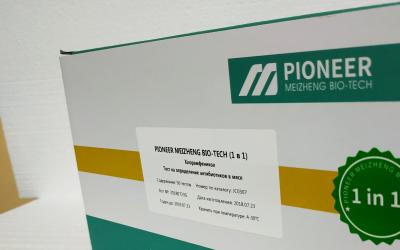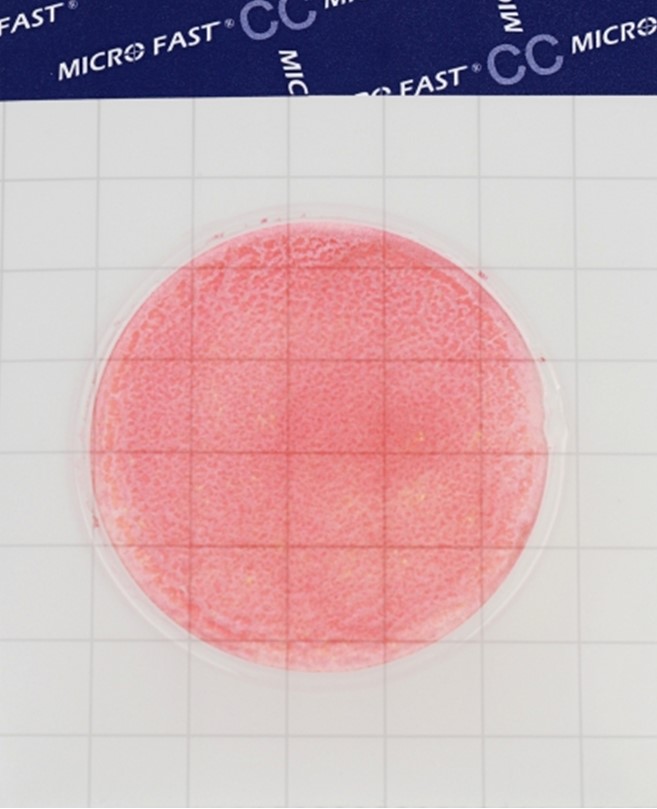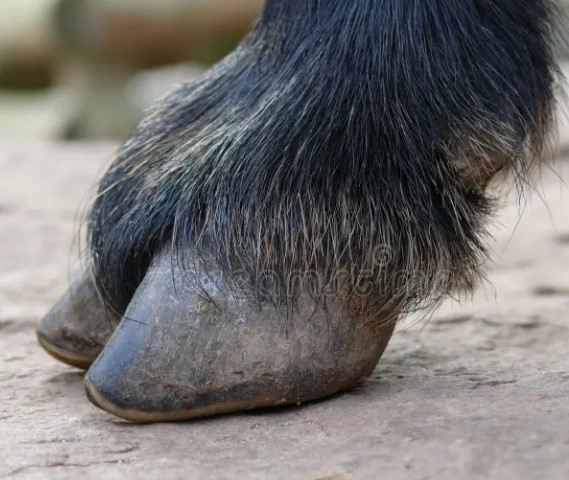German scientists developed a determinant of organic chicken eggs using AI

A team of researchers from the German Institute of Food Technology (DIL) in Quakenbrück has developed an innovative method by which measurements can be used to determine whether an egg actually comes from organically farmed laying hens. To do this, the researchers examined about 4,500 egg samples, writes the German poultry portal Gefluegelnews.
AI-powered reference database
To prove the content type, the researchers analyzed egg yolk extract samples obtained from eggs using 1H NMR spectroscopy. The spectra obtained in this way represent a very specific pattern of the egg sample , a fingerprint with a lot of information.
Using multivariate data analysis, machine learning and artificial intelligence , the researchers identified characteristic patterns for each type of livestock production and created a database and authenticity model based on these reference spectra. By comparing the 1H-NMR spectrum of unknown egg yolk samples with a model from reference spectra, they were able to demonstrate the actual behavior of laying hens.
The model calculated to classify eggs from conventional and organic farming achieved an accuracy of 99.9 percent, while the eggs studied could be classified into the four farming methods with an accuracy of 97.1 percent. In addition, the researchers were able to determine the origin of laying hens (Lohmann Selected Leghorn, Dekalb, Lohmann Brown, Lohmann Sandy breeds) with a model accuracy of 98.4 percent.
According to the researchers, the results offer great potential for monitoring food products, for example in case of suspected cases or during random checks in retail and processing plants. Companies can order the appropriate tests and thereby reliably check whether the stamp code on the eggshell correctly indicates the type of laying hen kept.
For a method to become established, models must be supplemented with additional authentic samples and remain relevant. Models only make sense if additional, partly unknown influencing factors, such as other breeds and feeds, are taken into account. DIL therefore invites companies, research institutes and associations to work together to further develop this innovative analytics and its possible applications.
Read together with it:
- Progress Agro presented two cloned calves in the Krasnodar region.According to Sergey Yakovenko, HEAD of the Altragene laboratory, large fetuses are a common problem in cloning, and researchers are continuing to work to reduce this risk. Previously, culture media containing bovine serum containing growth factors could contribute to increased calf weight. Now, a synthetic medium is being used, which has shown positive results. All newbornsThe calves were manually...
- Ученые Беларуси разработали новый ветеринарный препарат для лечения заболеваний крупного рогатого скотаНовый препарат, названный «Антипестивир-ВД», стал первым противовирусным средством на рынке, эффективным против болезней слизистых у коров, включая скрытые формы инфекции. В состав препарата входят компоненты, произведенные из местного сырья, которые активируют иммунный ответ животного. На этапе клинических испытаний препарат продемонстрировал высокую эффективность: 63,3% животных выздоровели в те...
- An experiment to grow marbled beef has begun in Crimea.Associate Professor Roman Filonov, Deputy DIRECTOR of the Livestock Center, told Sputnik in Crimea radio that local producers are currently experiencing a shortage of both high-quality livestock and funding to increase production. He noted that not every cow is capable of producing marbled beef ; this is only possible with specialized animals. The project involves creating a Crimean type of beef c...
- Experts predict further increases in chicken and egg prices in Russia.Key factors driving price increases: Increasing VAT from 20% to 22% Increased feed costs due to crop failure in the regions Rising prices for fuel and energy resources Seasonal increase in the cost of keeping poultry in winter Expert forecasts: Financial analyst Tatyana Volkova expects chicken prices to rise 1......
- Ученые занимаются повышением продуктивности отечественного мясного кросса «Смена 9»Кросс демонстрирует на 2–3% лучшие показатели выживаемости по сравнению с зарубежными аналогами. Хотя у него пока ниже конверсия корма на 0,15% и яйценоскость, работа над этими вопросами активно продолжается. В настоящее время данный кросс составляет 4% в структуре мяса птицеводства в России, но планируется увеличить его долю до 1......
- Смоленская область — лидер России по производству крольчатиныВ интервью «Агроэксперту» заместитель председателя регионального правительства Алексей Кучумов отметил, что регион достиг самодостаточности по таким продуктам, как яйца, мясо и картофель, превышая уровень 100%. Кроме того, Смоленская область занимает первое место по посевным площадям льна, а также активно развивает молочное животноводство, с общим поголовьем более 1......
- По прогнозам к 2030 году производство яиц в Подмосковье вырастет почти в шесть разК 2030 году планируется увеличить объем производства яиц практически в шесть раз по сравнению с уровнем 2021 года. Согласно прогнозам, производство яиц в регионе достигнет 808 млн штук в год, что выше показателя 2021 года, в котором произвели 145 млн штук. Для выполнения национальной цели по росту всего АПК на 25% необходимый объем составляет 181 млн штук, что подчеркивает амбициозность отраслевых...
- Scientists have identified a human virus comparable to COVID-19.The human respiratory syncytial virus (RSV) may be comparable in severity to influenza and CORONAVIRUS. This is the conclusion reached by Singaporean researchers collaborating as part of the PREPARE program, according to the press service of the Singapore General Hospital. Scientists conducted three studies to assess the severity of the disease, the risk of cardiac complications, and its long-term...






























































